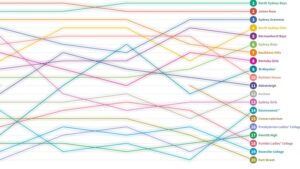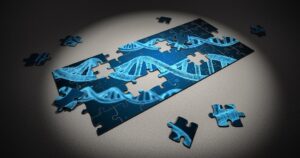
A recent study has uncovered intriguing insights into a gene cluster known as the “fat mass and obesity (FTO) locus,” which plays a pivotal role in the hibernation abilities of certain animals. Remarkably, humans possess these genes as well. “What’s striking about this region is that it is the strongest genetic risk factor for human obesity,” stated Chris Gregg, PhD, professor at the University of Utah Health, who led the research. However, unlike humans, hibernators seem to exploit these genes in novel ways to their advantage.
The research team identified DNA regions specific to hibernators that are located near the FTO locus. These regions regulate the activity of neighboring genes, effectively tuning them up or down. The researchers hypothesize that this genetic tuning enables hibernators to accumulate fat before winter and then gradually utilize these reserves for energy during hibernation.
Unlocking the Genetic Code of Hibernation
The findings suggest that the hibernator-specific regulatory regions outside of the FTO locus are crucial for metabolic adjustments. When these regions were mutated in mice, significant changes in weight and metabolism were observed. Some mutations altered the rate of weight gain under specific dietary conditions, while others impacted the ability to recover body temperature after a state resembling hibernation, or adjusted the overall metabolic rate.
This discovery opens up new avenues for understanding how genetic variations influence metabolism and energy use. The implications of such research could extend beyond academic interest, potentially informing treatments for obesity and metabolic disorders in humans.
Historical Context and Genetic Evolution
The concept of hibernation has long fascinated scientists, particularly in how animals can drastically alter their metabolic processes to survive harsh conditions. Historically, hibernation has been observed in a variety of species, from bears to small rodents, each utilizing unique physiological adaptations to endure extended periods without food.
Genetic studies have revealed that these adaptations are deeply embedded in the DNA of hibernating species. The recent discovery that humans share some of these genetic components raises questions about the evolutionary history of these genes and their potential latent functions in humans.
Expert Opinions and Future Research
According to Dr. Gregg, the study’s findings could have significant implications for understanding human health. “By studying these genetic regions in hibernators, we can gain insights into how similar mechanisms might be leveraged or reactivated in humans,” he explained.
Experts in the field of genetics and metabolism are keenly interested in the potential applications of this research. Dr. Susan Roberts, a metabolic scientist not involved in the study, commented, “This research could pave the way for novel approaches to metabolic health, particularly in tackling obesity and related disorders.”
Future research will likely focus on further exploring the regulatory mechanisms of these genetic regions and how they might be manipulated to benefit human health. The potential to harness these “superpowers” could revolutionize our approach to metabolic diseases.
Implications and Next Steps
The implications of this study are profound, suggesting that the genetic potential for hibernation-like metabolic control may lie dormant within human DNA. As researchers continue to unravel the complexities of the FTO locus and its associated regions, the possibility of developing new therapies for metabolic disorders becomes increasingly tangible.
Meanwhile, the research community is poised to delve deeper into the evolutionary significance of these genes, seeking to understand how they have shaped the survival strategies of various species, including our own. As this field of study progresses, the hope is that it will lead to breakthroughs in medical science, offering new hope for individuals struggling with metabolic challenges.







